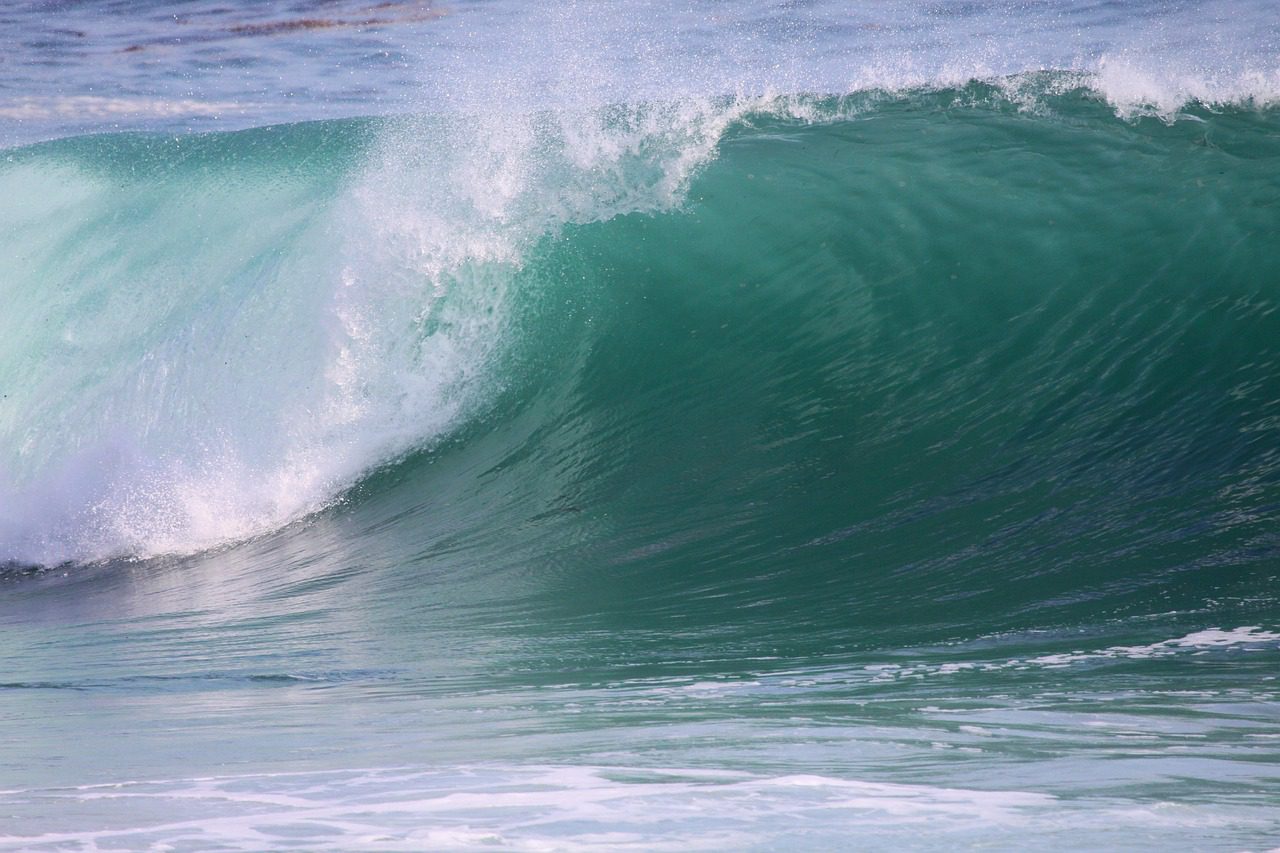SAN DIEGO, Sept. 6, 2011 – On Saturday, September 17, around 10,000 volunteers will visit 90 coastal and inland cleanup sites for a one-day attack on marine debris and inland pollution. This year, Coastal Cleanup Day coordinators I Love A Clean San Diego and San Diego Coastkeeper highlight on their website several green “in need” cleanup sites, where data from the annual event show a higher demand for volunteers. To reduce the event’s carbon footprint and individual waste, organizers also ask volunteers to select local sites in their own communities and to bring reusable buckets, bags, work gloves and water bottles.
“Trash travels from inland communities into storm drains which empty into our canyons, creek beds and eventually the ocean,” said Pauline Martinson, Executive Director for I Love A Clean San Diego. “That’s why it’s especially important for volunteers to lend a hand in their local neighborhood—our entire county needs a cleaning.”
To encourage participation in areas that need extra hands, San Diego’s Coastal Cleanup Day website, www.cleanupday.org features “in need” sites labeled in green in areas such as Clairemont, Normal Heights, City Heights, La Mesa, Tijuana River Valley and more. These sites were identified based on data from previous cleanups, indicating that some inland sites recover more debris as well as larger items such as tires, couches, and more.
“A recent statewide survey shows that this event significantly increases knowledge about the causes of marine debris—and that’s the first step in stopping the problem,” said Alicia Glassco, Education and Marine Debris Manager at Coastkeeper. “We see Coastal Cleanup Day as a hands-on educational event that connects residents to their neighborhood while removing harmful debris.”
I Love A Clean San Diego and San Diego Coastkeeper also ask volunteers to reduce their carbon footprint while participating in the event. Instead of traveling long distance to a site, volunteers should stay at their local cleanup locations and remember to bring their own reusable bag or bucket, work gloves and water bottle.
Last year in San Diego County, volunteer involvement rose to approximately 9,000 participants, with another 3,000 volunteers lending their support across the border in the U.S./Mexico-shared Tijuana Watershed. Volunteers removed close to 100 tons of debris from more than 80 cleanup sites along the coastline and in canyons, creek beds, lagoons, estuaries and open spaces.
This year, volunteers should register on the San Diego County event website at www.cleanupday.org. The website includes an interactive Google Map with all cleanup sites in the region, including a handful of green “in need” sites. Sites where registration is at capacity are denoted in red. Information for children, scouts, and groups are also available on the website.
SAN DIEGO, Sept. 21, 2011 – Community leaders, environmental organizations and the public will come together on October 5th to discuss water pricing policy, including the concept of scarcity pricing, in a forum titled “Three Easy Steps to Sustainable Water Management in Southern California.”
The forum will be happening Wednesday October 5th at 6:30 pm at the San Diego Foundation, 2508 Historic Decatur Rd., Suite 200, in San Diego’s Liberty Station.
The guest speaker is California native Dr. David Zetland, the Senior Water Economist at the Department of Environmental Economics and Natural Resources at Wageningen University in the Netherlands. Dr. Zetland has a new book on water economics called The End of Abundance: Economic Solutions to Water Scarcity, and his work demonstrates how simple economics can conserve water and coordinate the work of the various water agencies.
The forum is intended to illuminate the issue of water pricing, and create a dialogue between the public and decision-makers about this very important issue. Belinda Smith, local Campaign Manager for Surfrider’s Know Your H2O campaign, says “This is a long overdue opportunity for all citizens of San Diego to educate themselves on water pricing. It gives us a chance to ask questions of, and learn, from a top economist who has some pretty cutting edge ideas. As sponsors of this forum, I’m not sure we all agree with all of Dr. Zetlands views, but education is a core component of any environmental organization’s mission, and this gathering will provide the opportunity for everyone to educate themselves on our convoluted water pricing system and how it could be better.”
Water pricing plays a fundamental role in how this very precious resource is used or overused.In many parts of the world water is not subsidized the way it is in Southern California. When the concept of scarcity pricing is introduced to communities, whereby households are charged at higher volumetric rates as supplies decline, it leads to massive water conservation. This not only saves communities capital costs on water infrastructure, but during times of non-drought, water supplies are cheaper for the general public. This is the antithesis of San Diego’s existing pricing structure and resulting water waste in place now.
Dr. Zetland will give a brief overview on our current water pricing structure, and introduce his cutting-edge ideas. The presentation will be followed by a question and answer session. The “Three Easy Steps to Sustainable Water Management in Southern California” forum is sponsored by UCan, Middle Class Taxpayers Association, Surfrider Foundation, San Diego Chapter, San Diego Coastkeeper, CERF and Sierra Club.
###













